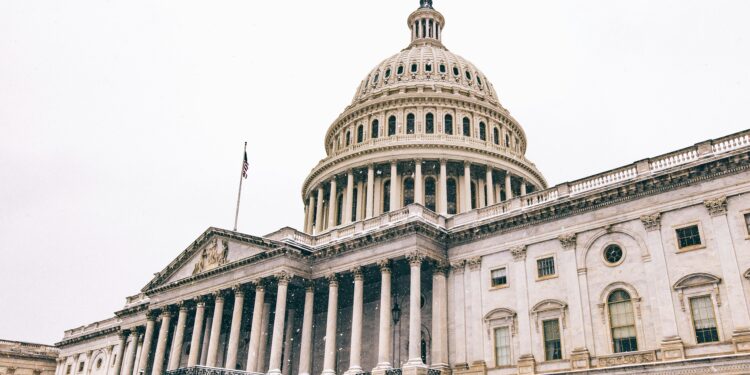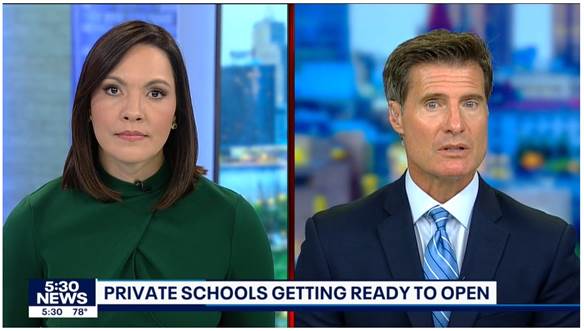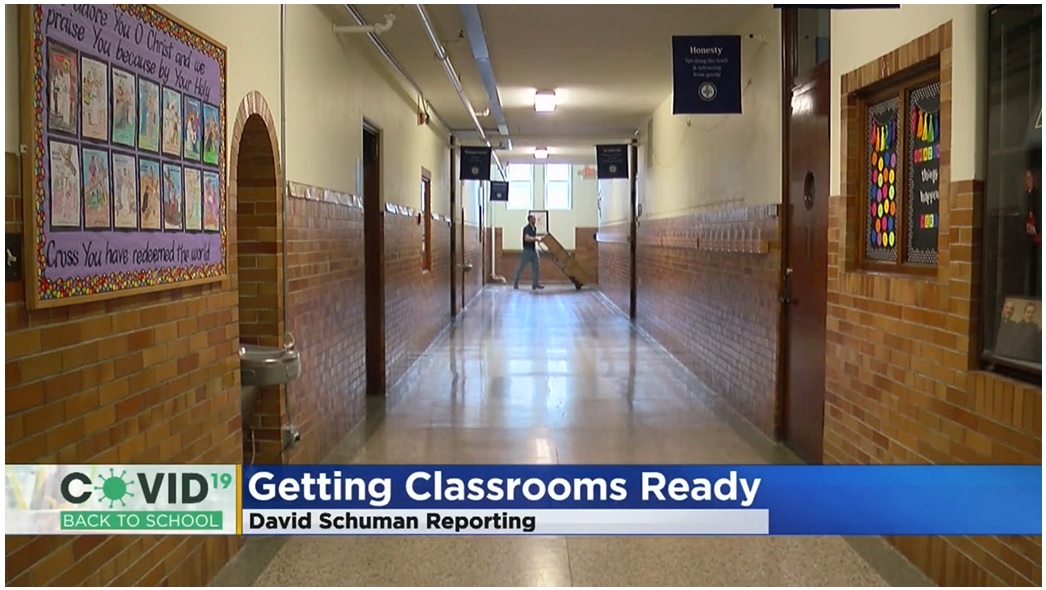On June 30, the U.S. Department of Education announced it was pausing an estimated $6.8 billion in federal funds that were expected to be dispersed to states in varying amounts on July 1.
Included in the paused dollars are certain formula grant programs, which are defined as “noncompetitive awards based on a predetermined formula determined by Congress.”
The impacted grants are:
- Title I-C for migrant education
- Title II-A for professional development
- Title III-A for English-learner services
- Title IV-A for academic enrichment
- Title IV-B for before- and after-school programs
The largest and most well-known formula grants from the U.S. Department of Education are for IDEA (the Individuals with Disabilities Education Act, which funds special education programs) and Title I-A (commonly referred to as Title I, which funds services for students from low-income households) — both of which were not affected and were delivered to states as scheduled on July 1.
How much money is involved for Minnesota?
According to calculations by the Learning Policy Institute, Minnesota’s paused K-12 dollar amount is estimated around $66.7 million. This comes out to about $77 per student, but varies by school district because different districts receive different dollar amounts depending on enrollment and students served.
Compared to the state’s General Fund revenue for K-12 education, which the Minnesota Department of Education reports is just over $14.8 billion, the paused federal dollars make up 0.5 percent of what districts receive from state and local sources.
Based on most recently available data from the Minnesota Department of Education, the state reported receiving 7.9 percent of its education revenue from federal sources in FY 2024. These federal dollars didn’t only come from the U.S. Department of Education — for example, also included is money from other federal agencies such as the U.S. Department of Agriculture for school nutrition programs.
Next steps
On Monday Minnesota Attorney General Keith Ellison announced he is suing the Trump administration over the paused funding. He joined a coalition of 23 attorneys general and two states in the suit arguing that the decision “violates the federal funding statutes and regulations authorizing these critical programs and appropriating funds for them” and “violates federal statutes governing the federal budgeting process.”
The U.S. Department of Education notes on its website that it is “currently finalizing funding decisions for FY 2025 and remains committed to meeting its statutory responsibilities and stewarding taxpayer resources responsibly.” An Office of Management and Budget spokesman told ABC News the disbursement pause is due to an “ongoing programmatic review” of education funding over concern that government dollars for the above named grant programs have been “grossly misused.”
Congress and President Trump approved the grant formulas in March 2025, so the dollars are covered under congressional appropriation and will eventually have to be fulfilled. Momentarily pausing their disbursement to scrutinize government spending and ensure dollars are being used on the intended programs and actually getting to the students the programs are supposed to serve isn’t going to upend our entire education system.













